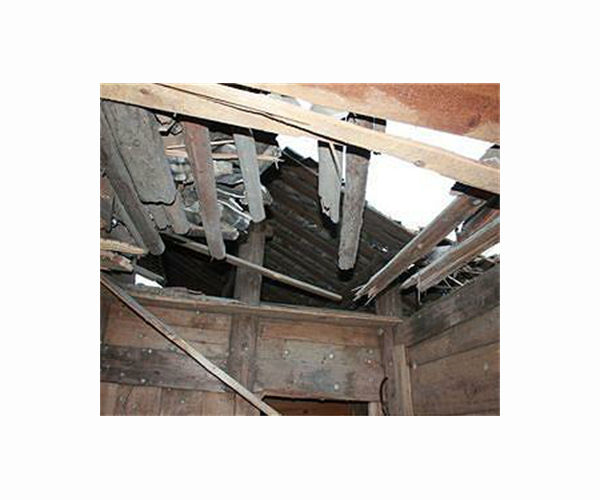
The system has proved efficient in seeking out fallen rocket pieces after the center launched the 54th BeiDou satellite into space on March 9. The satellite was sent into space by a Long March-3B carrier rocket. With the guidance of the system, the center staff just spent 25 minutes finding the rocket boosters, while in the past, it would take them several hours or even half a month to complete such a task.
Unlike many countries' launch pads, which are typically located along coastlines, China's major launch sites are deep inland, which means its rockets always fly directly over densely populated areas. Therefore, after launches, rocket boosters and other pieces will fall back to the ground, threatening local communities.
This year the country will continue to see intensive space launches. How to make the rocket debris recovery precise and controllable has become an urgent problem for Chinese scientists.
According to Yao Shengsheng, head of the system development team, after the rocket boosters were separated on March 9 in the latest BeiDou satellite launch mission, equipment in the center immediately received the boosters' falling trajectory data. The system then quickly calculated and located the drop point.
"It was the first time the system realized real-time data reception, processing and display of rocket debris in a mission," Yao said.
"The system is a breakthrough and will provide technical support for staff to quickly find falling boosters," Yao said.
The Xichang center, which administers the Xichang and Wenchang launch sites, is located in mountainous Sichuan Province. It will undertake about 20 missions in 2020, including the maiden flight of the Long March-5B rocket, the launch of China's first Mars probe and the completion of the BeiDou-3 Navigation Satellite System.
Source: Xinhua News Agency